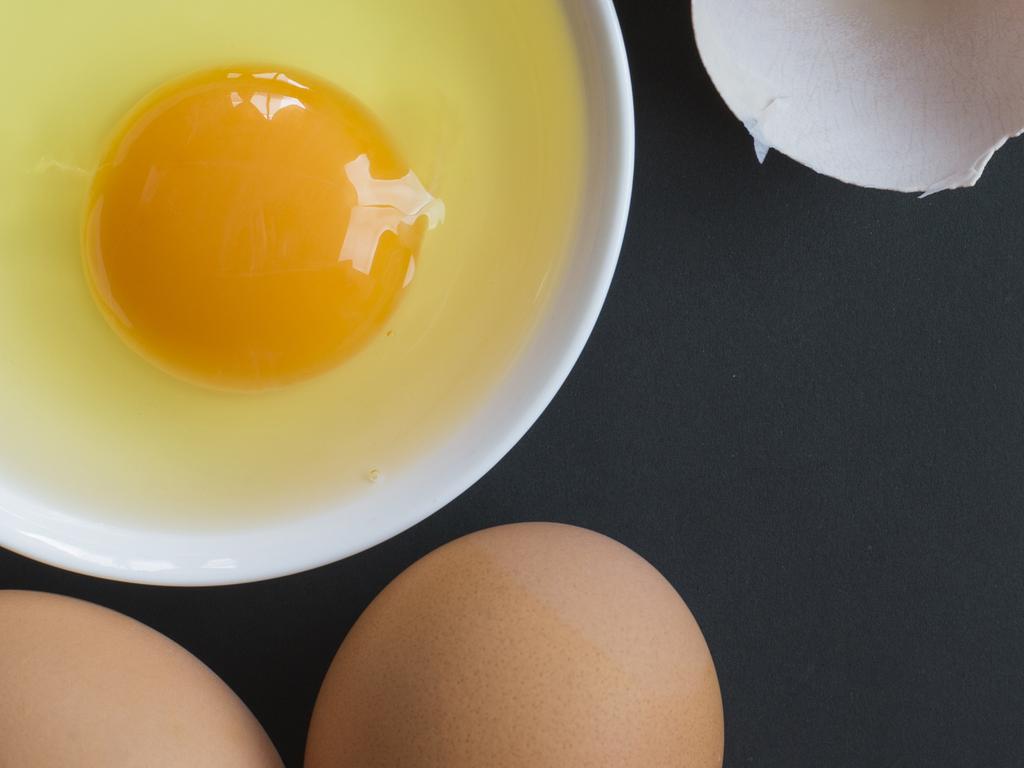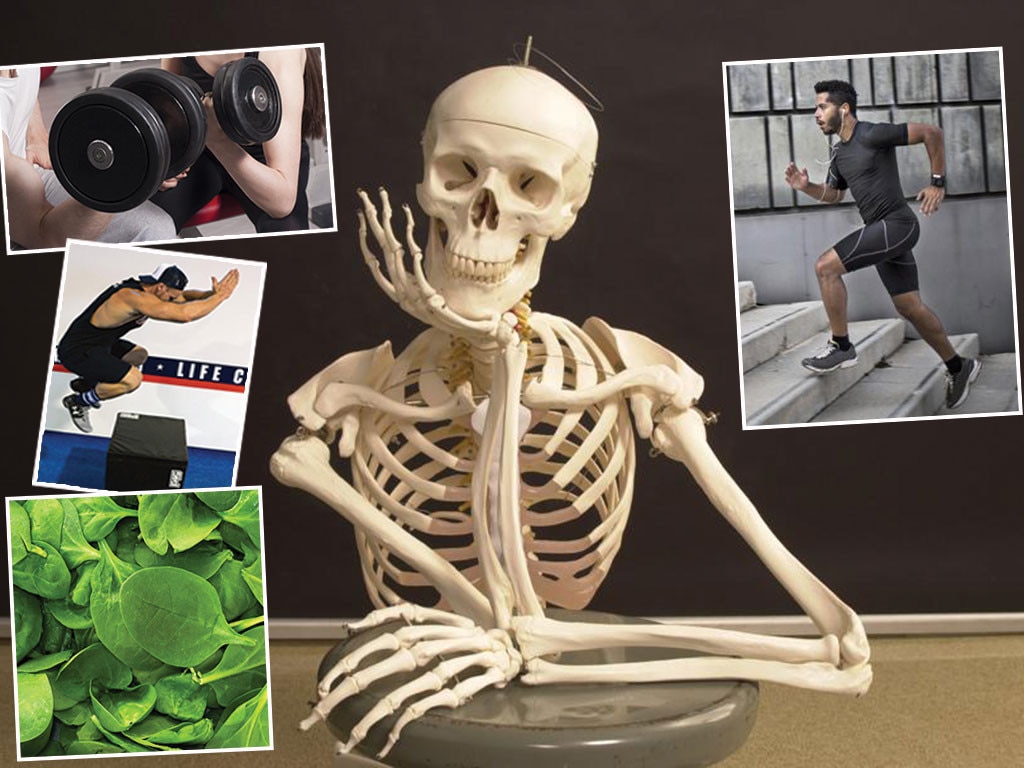Men v women: how we differ in the fitness stakes
Fat burning, heart health, stamina: your sex influences what happens when you exercise. Men have the edge on speed. Women have staying power. Resistance training isn’t sexist.

How your heart responds to exercise depends largely on whether you are a man or a woman, according to a new study funded by the British Heart Foundation (BHF) and Cardiac Risk in the Young (CRY) and presented at the British Cardiovascular Society conference in Manchester ton Tuesday.
And older male endurance athletes may be losing the race for heart health, as the researchers from Barts Heart Centre at St Bartholomew’s Hospital, St George’s Hospital and University College London found their vascular age to be almost ten years older than their chronological age, whereas the hearts of female athletes showed no such signs of accelerated ageing.
More than 300 competitive athletes in their forties and older took part in the trial, which involved undergoing MRI scans to find out if there were differences in the stiffness of their aorta, the largest artery in the human body. Dr Rebecca Hughes, BHF clinical research fellow at UCL and Barts, who led the study, says that in older male athletes their aortas were stiffer and an average 9.6 years older than their chronological age. “But for women we saw a surprisingly opposite finding, as some areas of the aorta were several years younger than their chronological age,” she says.
It doesn’t mean men shouldn’t do endurance exercise, says Professor James Leiper, associate medical director at the BHF, who stresses that “exercise is proven to reduce the risk of heart and circulatory diseases” and “its benefits far outweigh any potential risks”.
These results followed findings from another study, published last week, that suggested the fat-burning benefits of exercise vary for men and women according to the time of day they work out. For women, belly fat and blood pressure is best blasted by hitting the gym early in the day, while for men, evening workouts are better at boosting muscle strength and endurance. Writing in the journal Frontiers in Psychology, Dr Paul Arciero, lead study author and professor of health and human physiological sciences at Skidmore College, New York State, said that working out later in the day also reduced the risk of heart disease and fatigue for men.

John Brewer, professor of sports science at the University of the West of Scotland and consultant editor of Running Science (Ivy Press), says it is far from the only way men and women differ in their responses to exercise. “Male and female hormones, physiology and biomechanics all play a role in determining how our bodies react to physical effort. Often these differences are marginal but, [by] knowing about them, they can make a difference to how you work out.”
CALORIES: WHY MEN BURN MORE
A man of average weight would burn roughly 125 calories a mile when running. A woman of average weight could expect to burn only about 105 calories over the same distance, Brewer says. Similarly, a man might use up 90 calories walking a mile while a woman would burn about 75. “Mostly the difference is down to the fact that men are heavier and it takes more energy to move a male body,” Brewer says.
WOMEN HAVE THE HEARTS FOR ENDURANCE TRAINING
The new BHF findings aren’t the first to suggest that women’s hearts may cope better with the demands of endurance exercise than men’s. Last year a group of physiologists from the State University of New York and Syracuse University carried out tests on the hearts of 52 seasoned male and female marathon runners. Their findings, published in the European Journal of Physiology, showed that women’s hearts did indeed respond differently to the rigours of marathon training: they displayed less aortic stiffness, which occurs when the elastic fibres within the arterial walls start to fray through stress, and no reduction in the function of the left ventricle, which pumps oxygen-rich blood around the body, compared to male runners and a control group.

Hormones may be at play when it comes to male and female differences in response, speculated the New York team. “The female hormone oestrogen can help to regulate cholesterol and prevent narrowing of the coronary arteries in women,” Brewer says. “This could be one of the factors that reduce the risk of any short-term issues as a result of endurance exercise.”
WHY MEN HAVE THE EDGE
Brewer says that while elite women runners are slowly closing the gap on the fastest men, it is likely that men will always have physiological advantages in endurance activities.
“Men have a bigger heart and lungs and therefore a greater lung volume, a higher muscle mass and higher levels of oxygen-ferrying haemoglobin, which adds up to greater aerobic capacity,” Brewer says. In long-distance running and swimming the body relies more on stored fat for fuel than on carbohydrate. “For genetic reasons women tend to have higher levels of body fat than men, which may help,” Brewer says. “But even a very thin man has enough fat reserves to fuel him through a marathon or ultra-distance event.”
WOMEN’S STAYING POWER
Women appear to have better muscle stamina, with research in the journal Applied Physiology, Nutrition, and Metabolism showing that they tired less quickly than men of a similar age and athletic ability in a series of muscle-strengthening tests.
A research team from the University of British Columbia wanted to find out if women delayed fatigue in tests that simulated everyday movements such as standing and walking. They found that while men were faster and more powerful early on in the trial they tired much faster than the women, who ultimately outlasted them by “a wide margin”. Brewer says that some research shows women also cope better than men when exercising hard in warm conditions. “This is likely down to the fact that women have a larger relative surface body area,” he says. “This helps with heat loss and may provide a very small advantage.”
BOTH SEXES BENEFIT EQUALLY FROM RESISTANCE TRAINING
Dr Amanda Mandy Hagstrom, an exercise scientist at UNSW Medicine & Health, says that people tend to believe that men adapt to a greater degree from resistance training compared with women because of higher levels of testosterone and muscle-boosting growth hormones. However, her recent research found relative gains to be similar for both sexes. Men in their fifties and older tend to gain more absolute muscle size and bigger absolute improvements in upper-body strength, but women saw the greatest relative gains in lower-body strength.

“Overall we found no sex differences in changes in relative muscle size or upper-body strength in older adults and women benefit just as much as men from resistance training.”
After analysing previous studies, Hagstrom and her team highlighted certain techniques that produced optimum gains for each sex. “We found that older men might benefit from high-intensity, HINT-style strength workouts, whereas older women might benefit from higher overall exercise volumes or more weekly repetitions with weights.”
HORMONES AND GENES INFLUENCE WHERE WE DEPOSIT FAT
In men the appearance of the midlife paunch and moobs are typically driven by a combination of declining testosterone levels, rising levels of stress hormones such as cortisol and genetics. For women, a side effect of the body’s recalibration to the ebb and flow of oestrogen and stress hormones is often a gain in back fat or the “meno-belly”, which the trainer Kate Rowe-Ham, who has 37,300 followers on Instagram, says “is the most common concern I hear from women”.
Dr Louise Newson, the menopause specialist, says many women develop more fat around the middle in response to the body trying to create a reserve of oestrogen in their fat cells. “Lower testosterone levels during perimenopause and menopause also slow down your metabolism, making it harder to shift fat.”
“Above anything else, both men and women will need to ramp up the body’s metabolism with plenty of cardiovascular activity such as running and cycling and resistance training,” the trainer Harry Jameson says. “Don’t be misled into thinking you can reduce the fat in these areas with a few crunches and planks.”
The Times







To join the conversation, please log in. Don't have an account? Register
Join the conversation, you are commenting as Logout